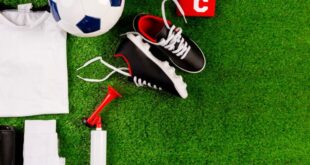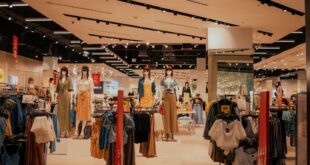Do you love the feel of the wind on your face? The salty sea swaying you in its waves as you enjoy the warmth from the sun above? Perhaps you are a romantic at heart and the water calls to you? There never seems to be enough time to enjoy the feeling of peace and contentment it brings. Many people are looking for new ways to find it.
Or maybe you are more concerned with the practical aspect of keeping your body fit and working the best it can? Balance, core power, resistance strength, improved breath and overall body control are all important to you.
The answer is Paddleboarding. You’ve maybe seen them at a local beach – the still silhouettes gliding across the water on top of a modified surfboard. With over 130,000 boards sold annually in the United States and Europe alone, it is the fastest growing water sport in the world tracing it’s modern beginnings to the Hawaiian surf community. Makes you wonder if people are on to something, doesn’t it?
The sport’s popular because it doesn’t take much gear and adjusts to all skill levels – you can reasonably expect to get on the board and get around on your first day. It’s hard to argue that there is an absolute right or wrong way to take on this sport. With many variations (yoga, fishing, kayak-style, etc.) you are free to make it your own and get comfortable finding what works for you. There are things to do, and skills to practice (and master), for even the seasoned Stand-up Paddleboarder.

Tips before you go
1. Finding the right gear
Do your research and think about what you want to do on the water and how you will be transporting your board. Try not to buy the first board you see. There are lots of differences. A few minutes of thought and research at the beginning will lead you to the right gear and save frustration later.
2. Take care of your gear
Do learn how to pick the board up and carry it using a shoulder method or using a handle to pick up from the middle. Always transport it with a protective bag saving it from accidental bumps and scratches. Don’t drag your board.
Rinse off your board after using it in saltwater. It’s important because the salt will dry and harm the board over the long term. Don’t store your equipment in the sun where UV rays will break down the finish and degrade the board. You’ve invested in the board, so be sure it’s around a long time to enjoy.
Starting slow

Begin with quiet water. No need to try to battle waves and rough patches your first time out. Smooth, calm water with a very little current will be key to a successful first day.
Place the board next to you in knee-deep water. Make sure your fin isn’t dragging along the bottom or stuck in the sand. Set both hands solidly on the board to move your weight from water to board.
Learn the “ready pose”. Stand with your legs shoulder length apart, toes pointing forward, with the knees slightly bent. This is important because the knees will act like little shock absorbers for the board’s movement. You will find that this will automatically engage your core muscles and it’s important to always remember that these muscles will keep you upright – they’re important so use them!
Once you are on the water
1. Learning to stand up
Hold your paddle correctly by placing one hand on top and one further down the shaft. Put some room between your two hands because short grips make it harder to paddle. Experiment to find the right grip width for you. Don’t hold it like a bat with both hands on the shaft. Stand with feet shoulder length apart and facing forward. Don’t stand on the board like a surfboard. It’s tempting, but it doesn’t work and you are more likely to fall.
2. Paddling

Make sure you dip the paddle fully into the water to get started. This will help your balance and get you moving. Use your back muscles to take long, efficient strokes. Let the big muscles in your core and back do the heavy pushing.
Don’t paddle in shallow water. This can damage the fins and even the board if a rock is tall enough. Once you are in shallow water it’s best to jump off in knee-deep and push your board to shore.
3. Learn to turn
Move your paddle in a “c motion” to turn the board. Put the paddle in next to the board and move away from yourself and then back again a little further down towards the back of the board. Try the other side to go in the other direction.
4. Learning to fall
It will come up no matter how hard you try! It shouldn’t be a problem as long as you remember that it’s softer to land in the water than it is on the board. Consider using the paddleboard leash as it will help you to recover your board after you come up. Fall away from the board. Just keep your knees slightly bent while paddling so that you can use the momentum of the fall, combined with your legs as springs, to push you away from harm. Don’t be scared of falling in – everyone does it and it’s even a part of the fun.

Just like any great activity, it’s more fun to do with a friend. Find someone to head out with the first few times you go. In the case of water sports, that buddy can also watch your back and give advice and share a laugh when needed.
There are also fabulous paddleboard communities to join. I have never taken a solo class or joined a group class, that was anything less than fun and supportive. Paddleboarding is not a competitive sport. Most everyone is in it to have fun, take care of themselves, and enjoy the water and the day!
Source:
Paddleboards.com
 Hi Boox Popular Magazine 2024
Hi Boox Popular Magazine 2024



